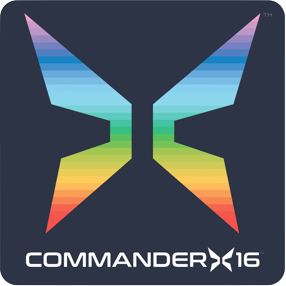Commander X16: retro magic dream
Some time ago I mentioned the Pyc64 project, a “differently emulated” C/64.
 There’s a much more ambitious project that’s going under pressure, it’s called Commander X 16.
Commander X 16 has been started by David Murray and three other guys.
There’s a much more ambitious project that’s going under pressure, it’s called Commander X 16.
Commander X 16 has been started by David Murray and three other guys.
David’s desire was to create an 8-bit computer similar to the C/64 but a little more comfortable to use: for example with 80 columns, but not with too much computing power, so as not to distort its “retro” nature.
I also had a similar desire and had landed at the Pyc64 that combined the best of python with an emulation of sprites and a minimum of possibility of writing code in machine language. But of course it was all done via software, there was no real machine.
Looking at the motherboard of a Commodore Vic 20, David realized that all its components are still in production to date (with the exception of the VIC video chip) and then started with other people a project called Commander X 16, or X16 for friends
The other people involved in the project so far are
- Frank Van de Hoef for video chip ("VERA")
- Kevin Williams for board design
- Micheal Steil for the porting of the BASICv2-Kernel (initially by David) and also the main author of the first working emulator. Steil is one of the authors of the pagetable site, often referred in my blog.
- Christian Simpson aka Perifractic – Visual/Exterior Design
https://github.com/commanderx16/
Commander X16 has a much more linear memory layout than a C/64 and a graphics chip with 128Kb of external memory with a resolution of up to 640 to 60 Hz in VGA and composite.
There are 39.75K of contiguous memory available, a small area for I/O and then another 24K of memory that can be managed via “bank switching”.
X16 design decisions has been carefully evaluated and are explained below. Even the choice of a 6502 with only 64KB of RAM was made to keep the circuit simple (there are variants of the 6502 with 24-bit addressing but they use a complicated system to do so).
ro instance, USB ports have been replaced by PS/2 connectors, which are easier to design.
Below David explains the idea, which is really cool:
